Losing a tooth as an adult is par for the course for many of us. The only option to replace them? Artificial substitutes. But an era of regrowing living teeth may now be almost upon us
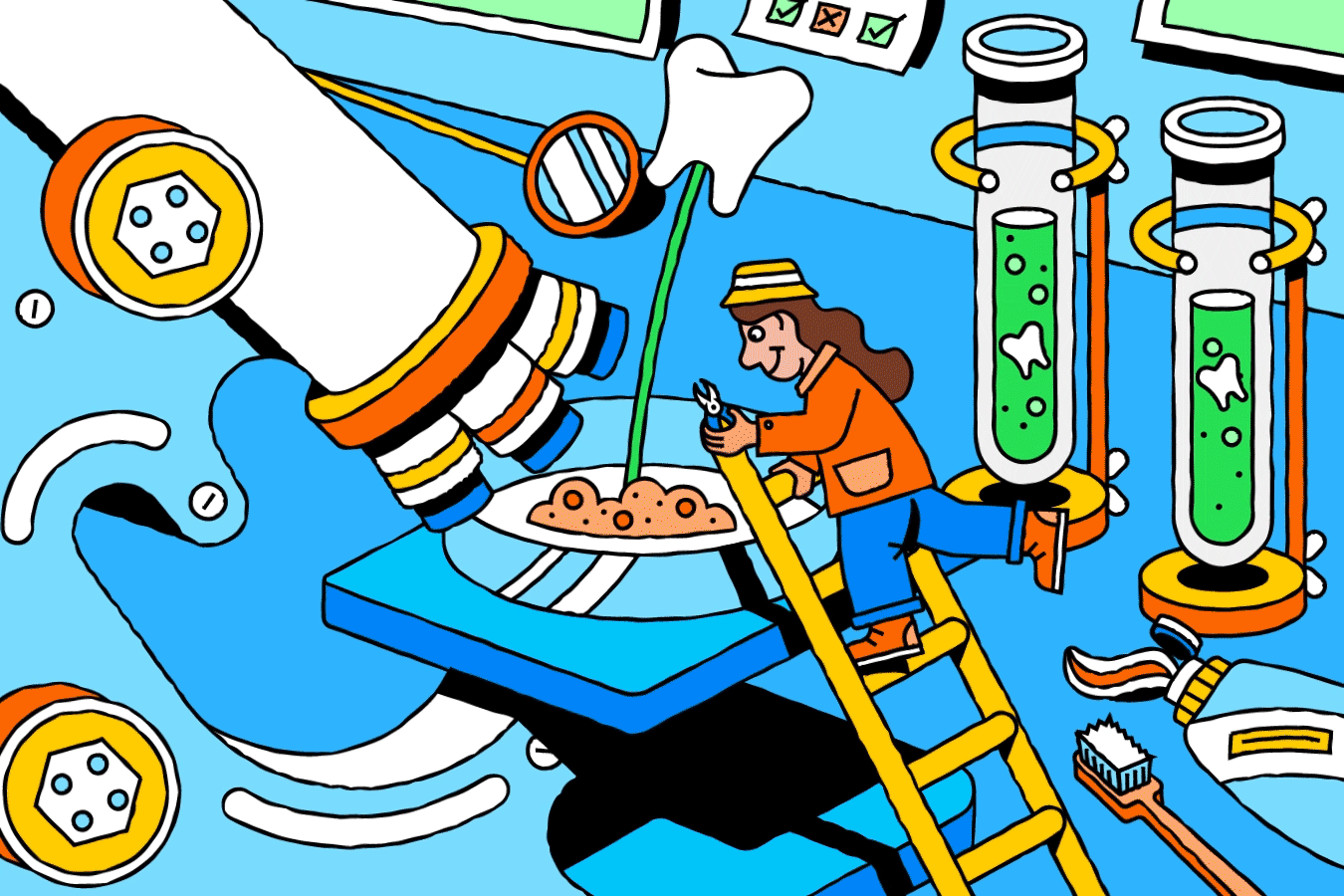



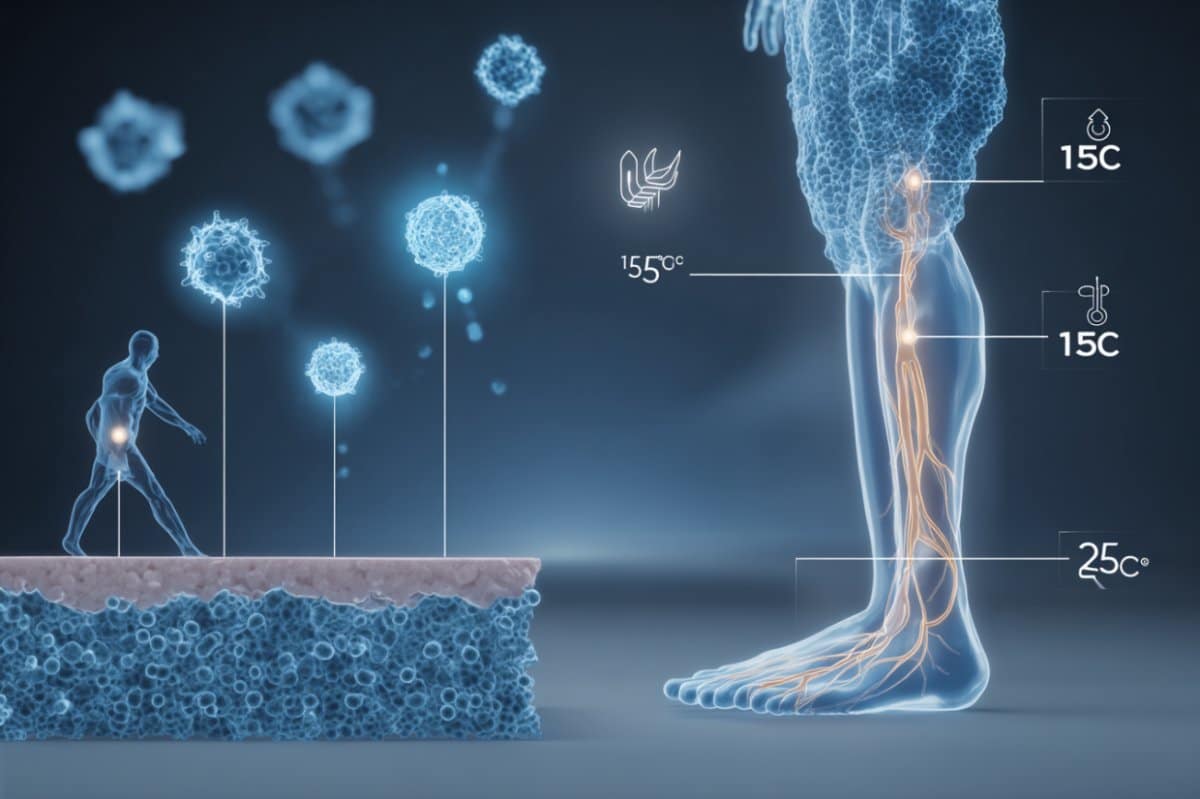

For more than a century, the laws of thermodynamics have helped us understand how energy moves, how engines work, and why time seems to flow in one direction. Now, researchers have made a similarly powerful discovery, but in the strange world of quantum physics.
Scientists have shown for the first time that entanglement, the mysterious link between quantum particles, can be reversibly manipulated just like heat or energy in a perfect thermodynamic cycle.
The researchers support their findings using a novel concept called an entanglement battery, which allows entanglement to flow in and out of quantum systems without being lost, much like a regular battery stores and supplies energy.

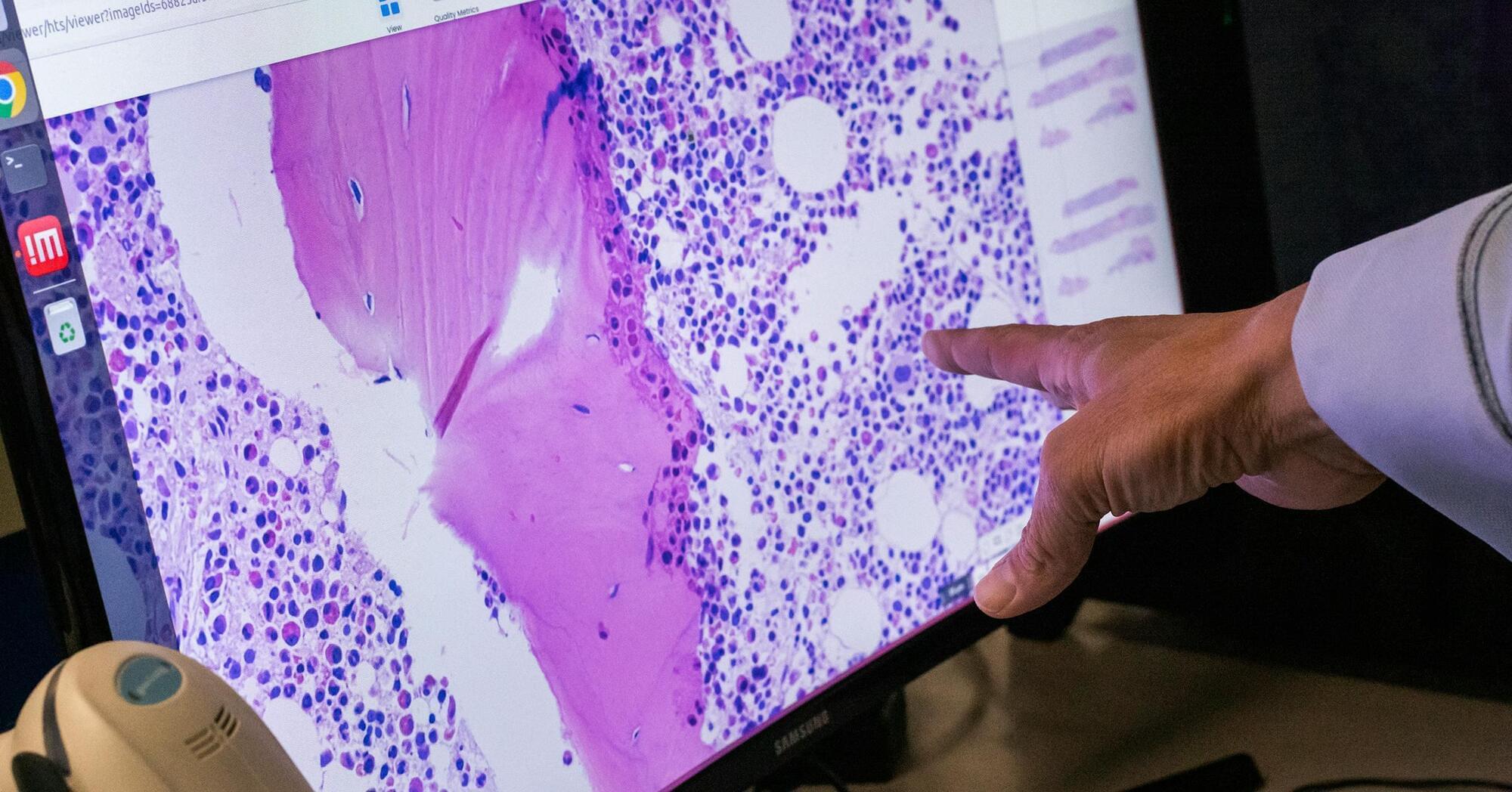
NASA launched an incredible new web portal that reveals ground movements across North America with astonishing precision.
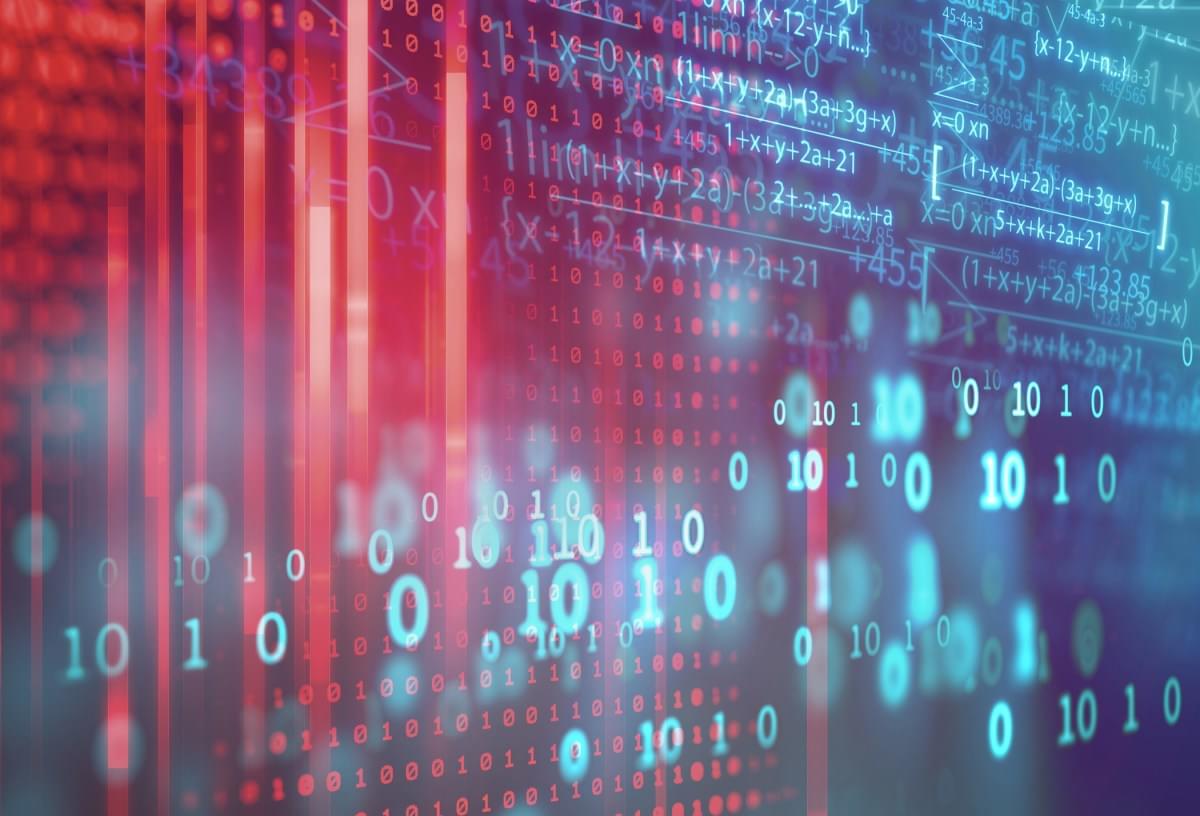
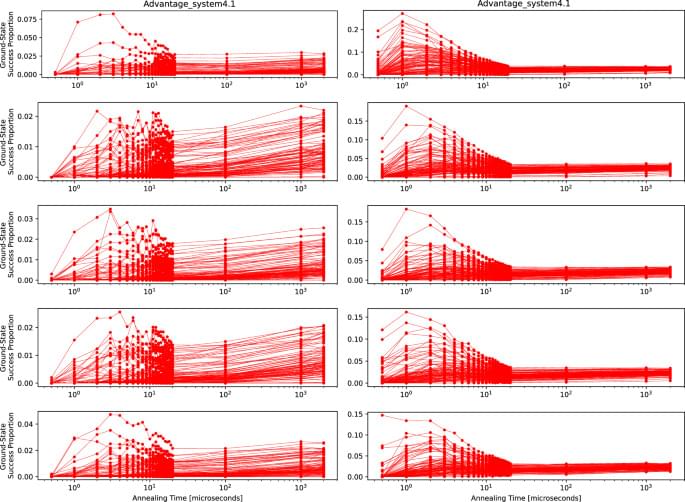
Pelofske, E., Hahn, G. & Djidjev, H.N. npj Unconv. Comput. 2, 17 (2025). https://doi.org/10.1038/s44335-025-00032-6